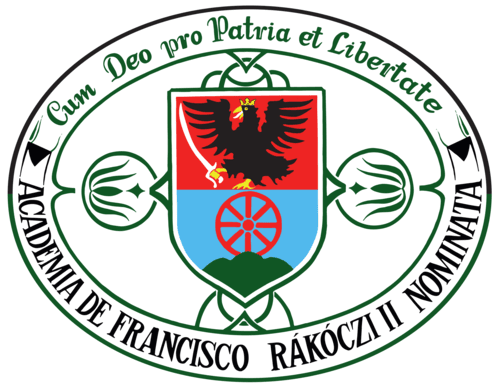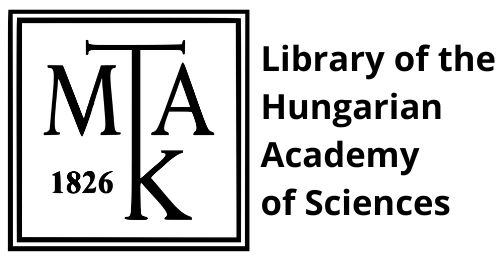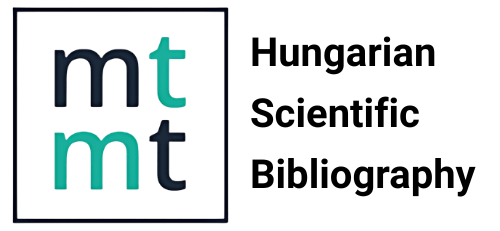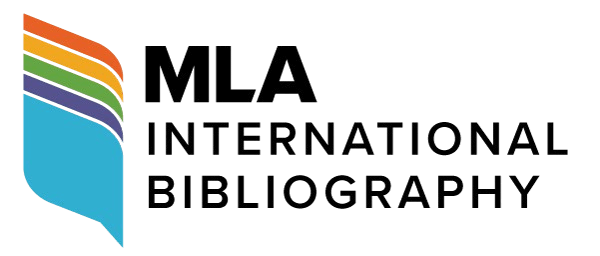Hungarian Language as a Factor of Identity Preservation in Transylvania Nowadays in Comparison with Russian Identity in Moldova
DOI:
https://doi.org/10.58423/2786-6726/2022-1-106-118Keywords:
language, ethnicity, identity, preservation, Transylvania, Republic of MoldovaAbstract
The language is one of the main factors of nation-building and culture preservation. Among other factors, language is perhaps the most important one in creating national identity − it shapes the personality, the mentality, the worldview, the behavior, the lifestyle, the value system and the national character. The relationship between language and identity played an important role in national revival in the XIX century in Europe and is extremely topical in our days. This fact can be explained by intensified migration, political processes and second language acquisition. Especially it is valid for countries that went through consequential territorial changes and where natural bilingualism is present. In such countries, national or linguistic minorities are faced with the growing necessity to learn and use two or even more languages and, at the same time, to preserve their language and, thus, the national identity. Examples of such territories can be Transcarpathia, Vojvodina and Transylvania. The latter with a major percent of Hungarian population, was a part of Romania in the interwar period and since 1947 as a result of Trianon and Paris peace treaties. Another example is the multinational Republic of Moldova, which gained independence from the Soviet Union in 1991. Nowadays more and more people in Transylvania and in the Republic of Moldova claim to be bilingual. This leads to identifying themselves with more than one ethnicity. What would this mean and how would it influence the cultural diversity in these regions? In this study we will present a short theory on the topic as well historical background and the results of sociolinguistic questionnaires conducted in Transylvania and in the Republic of Moldova in February-September 2021. The aim of this research is to examine how mother tongue usage can be a key-factor of national identity and what are the possibilities of its preservation in a multilingual environment in Transylvania and in the Republic of Moldova. To accomplish the goals, we will compare the results of the questionnaires to sociolinguistic theories on language and identity. In the future, the study will developed, interviews on language attitudes will be conducted in the above-mention regions. The results will be included into a bigger sociolinguistic study “Russian Language in Moldova vs. Hungarian Language in Transylvania”, where a more detailed description of the linguistic situation in Transylvania and Moldova will be provided.
References
Abakumova-Zabunova N.V. 2005. Russkoe naselenie gorodov Bessarabii XIX v. [Russian population of the cities of Bessarabia in the 19th century]. Kishinev: Business-Elita. (In Russian.)
Mlechko T. P. 2013. Russkaja jazykovaja lichnost' blizhnego zarubezh'ja [Russian linguistic personality of the near abroad]. Kishinjov: Clavjanskij universitet Respubliki Moldova. (In Russian.)
Paladi A. 2018. Gosudarstvennye yazyki i yazyki-posredniki ot Bryusselya do Bel'c [State languages and mediating languages from Brussels to the Baltics]. V: Golosa russkoj filologii iz Budapeshta [Voices of Russian Philology from Budapest]. Budapesht: Universitet im. Loranda Etvesha, s. 183—203
Kiss Tamás 2009. Perspectivă administrativă? O analiză comparativă a discursului demografic maghiar din România [Administrative perspective? A comparative analysis of the Hungarian demographic discourse in Romania.]. Cluj Napoca: Institutul pentru studierea problemelor minorităților naționale. (In Romanian).
URL1: Constituția României [The Romanian Constitution].
http://www.cdep.ro/pls/dic/site.page?id=371 (In Romanian, Accessed: 2021.10.31).
URL4: Recensământul populaţiei din 1930. Populaţia pe Neamuri. Institutul Central de Statistică [1930 Population Census. Population by Nationalities. Central Statistical Institute]. http://www.anr.gov.ro/docs/statistici/statistici/t1.pdf (In Romanian, Accessed: 2021.10.31).
URL5: Populaţia după etnie la recensămintele din perioada 1930–2002, pe judeţe [Population by ethnicity in the 1930–2002 census, by county.]. Institutul Naţional de Statistică. http://www.anr.gov.ro/docs/statistici/statistici/t1.pdf (In Romanian, Accessed: 2021.10.31)
URL6: Vsesojuznaja perepis' naselenija 1979 goda. Nacional'nyj sostav naselenija po respublikam SSSR [All-Union population census of 1979. The national composition of the population in the republics of the USSR.]
http://www.demoscope.ru/weekly/ssp/sng_nac_79.php (In Russian, Accessed: 2021.10.31)
URL7: Russkie v Moldove: social'no-demograficheskie transformacii. [Russians in Moldova: Socio-demographic transformations.]
http://www.demoscope.ru/weekly/2013/0571/analit04.php (In Russian, Accessed: 2021.10.31)
URL8: Rezultatele Recensământului Populației și al Locuințelor 2014 în Moldova [Results of the 2014 Population and Housing Census in Moldova.]. https://statistica.gov.md/pageview.php?l=ro&idc=479 (In Romanian, Last accessed: 2021.10.31)
Downloads
Published
How to Cite
Issue
Section
License
Authors retain copyright and grant the journal the right of first publication. The work is simultaneously licensed under a Creative Commons Attribution 4.0 International License (CC BY 4.0), which permits others to share the work with appropriate credit given to the author(s) and the initial publication in this journal.

















